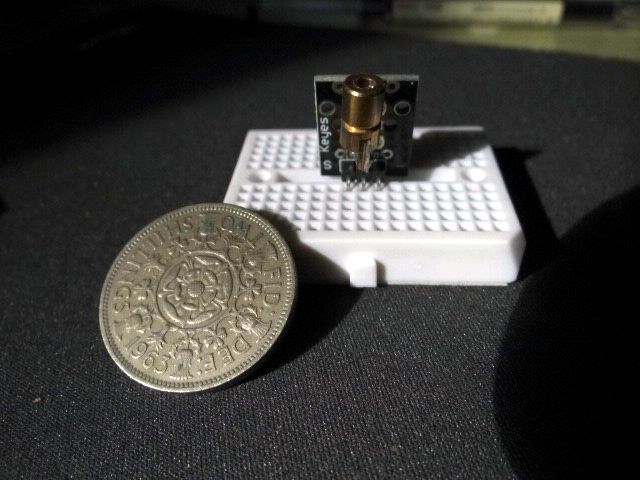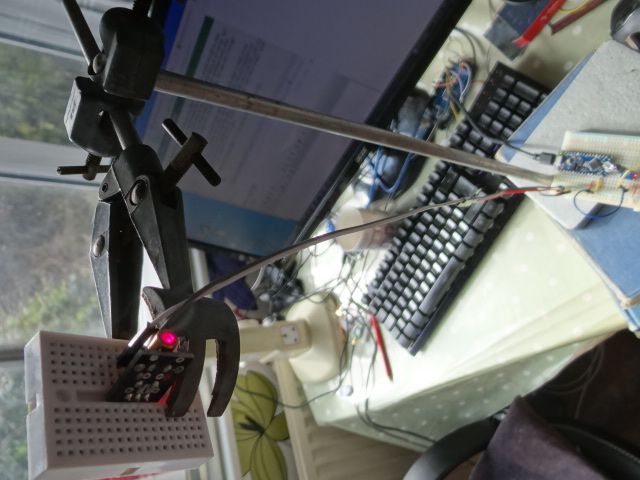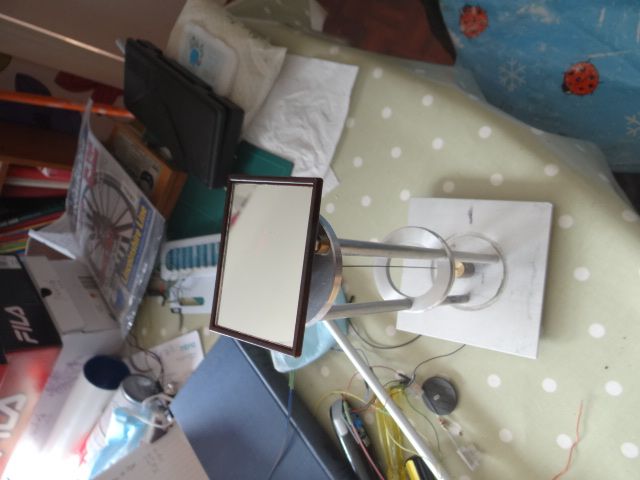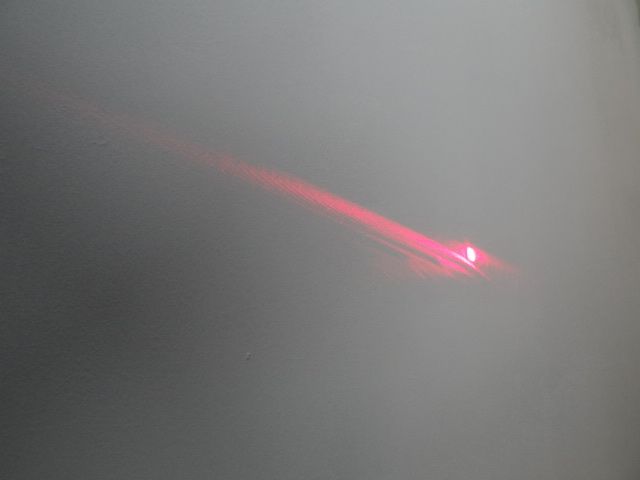Precision pendulum techniques
Precision pendulum techniques
- This topic has 501 replies, 13 voices, and was last updated 24 October 2023 at 11:44 by
John Haine.
- Please log in to reply to this topic. Registering is free and easy using the links on the menu at the top of this page.
Latest Replies
Viewing 25 topics - 1 through 25 (of 25 total)
-
- Topic
- Voices
- Last Post
Viewing 25 topics - 1 through 25 (of 25 total)
Latest Issue
Newsletter Sign-up
Latest Replies
- Machinery Handbook
- Measuring increments on boring head
- Use horizontal mill as saw for metal?
- DIY Pendulum Timer – GPS-Synced Beat Analyser
- Steam pressure using thermistor
- Damp proofing concrete floors
- Hammant & Morgan “MINIPACK”
- Supply company catalogues
- Easing out the bore of a 3-jaw, s/c chuck
- Myford Super 7 restoration problem.








